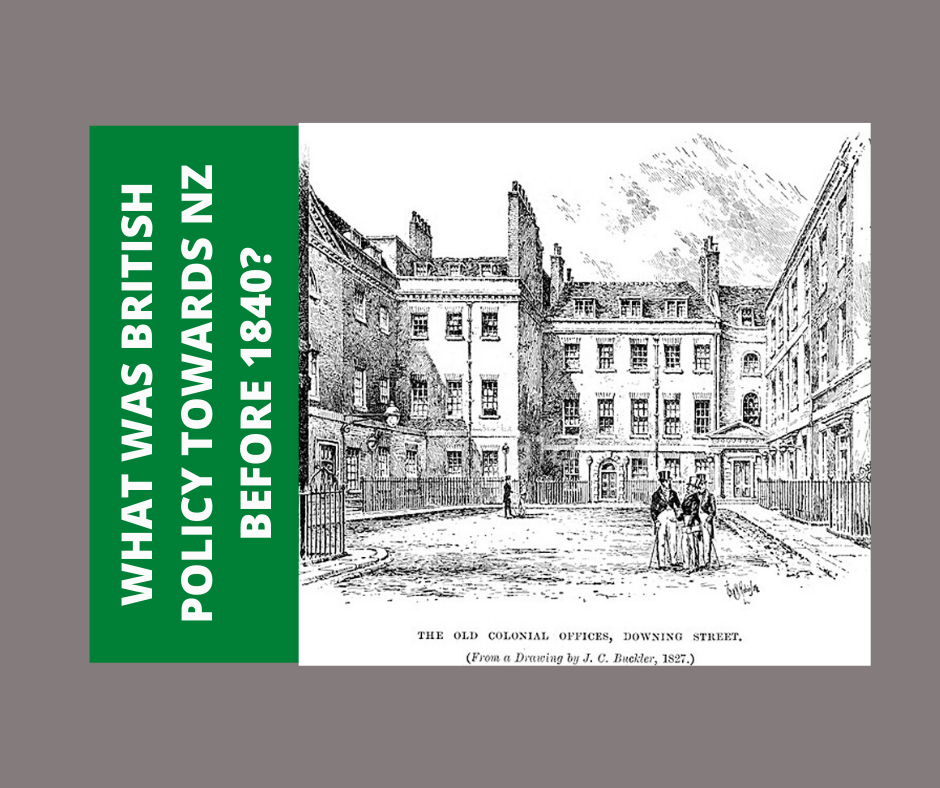Until the 1830s the British policy towards New Zealand was one of reluctance to intervene formally. Britain was having problems in some of its colonies, and wasn’t really interested in one as far away as this.
In 1831, 13 of the Northern rangatira (leaders) sent a letter to King William IV requesting that the King become a “friend and guardian of these islands”. The rangatira letter expressed concern about a possible takeover by the French and suggested that unless the King acted to control the misconduct of British citizens living in or visiting New Zealand, the rangatira would be forced to enforce their own laws.
Pākehā lawlessness was seen in incidents around the country, including murders, kidnappings, enslavements and other criminal acts. Reports on these incidents from rangatira and missionaries were a cause of concern for the British authorities. For the British, matters were brought to a head by an incident in 1830. The Englishman, Captain Stewart, in return for one cargo of flax, secretly conveyed Te Rauparaha and war party from Kapiti to Ākaroa. The sacking of that village and capture of ariki Te Maiharanui horrified the British in Sydney. The failure to bring Stewart to justice in Sydney made the British realise that something had to be done about the lawless state of Europeans in New Zealand.
As a direct result of this incident and the letter from the rangatira, and to protect British trade interests, the British government appointed James Busby to act as British Resident in New Zealand. James and Agnes Busby arrived in May 1833 with a reply to the rangatira from King William, and set up the Residence at Waitangi.
The Northern rangatira began conferring regularly with Busby, seeking advice for the development of their international relationships and trade. One of Busby’s first tasks was to assist rangatira in 1834 in the selection of a national flag, so that their ships would be registered and have official access to Australian and other international ports. Importantly, King William IV formally recognised the flag, thus granting Māori ships the protection of the British Navy when in international waters.
Source: Treaty of Waitangi Questions & Answers, Network Waitangi 2018

